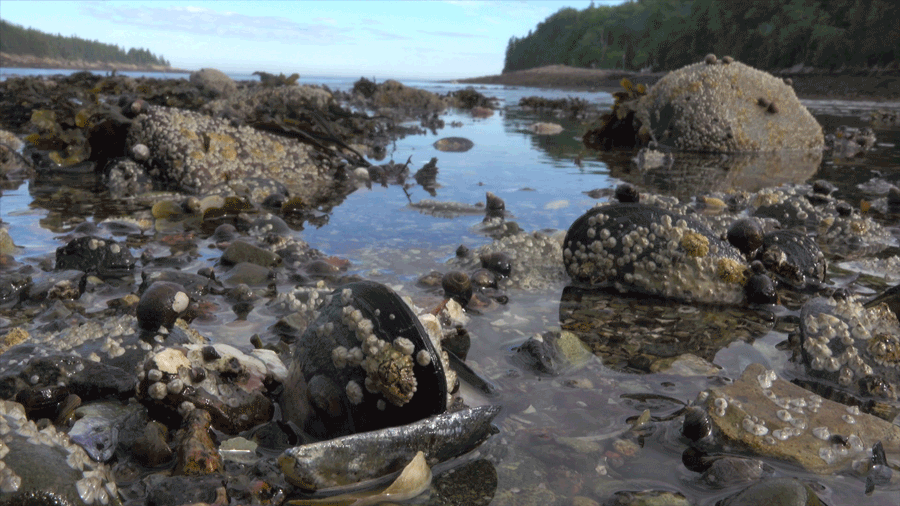
Michael Durham
Each monitoring program has its own protocol that includes a narrative providing the rationale for selecting a particular resource for monitoring, a framework for making necessary decisions or revisions relative to that protocol and its development, and standard operating procedures (SOP's) that explain, step-by-step, how each procedure will be accomplished. Some protocols are updated on a yearly basis and some remain unchanged for several years.
Lands & Vegetation
-
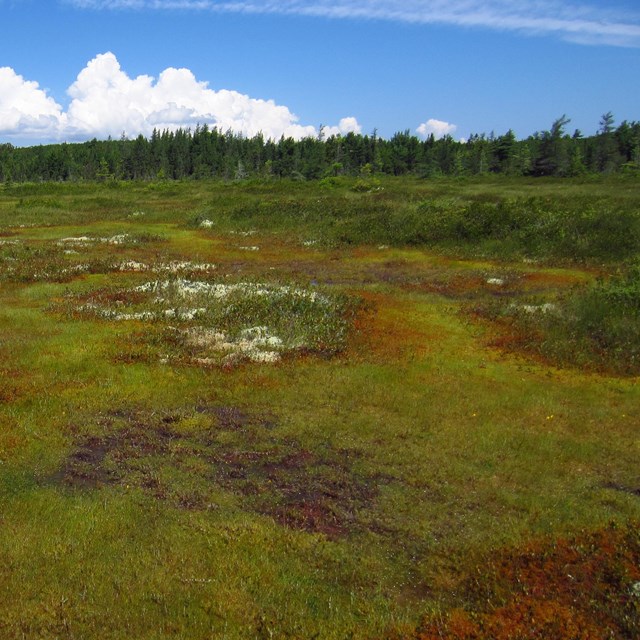 Freshwater Wetland
Freshwater WetlandTrack the status and trends of the ecological health of freshwater wetlands in Acadia National Park.
-
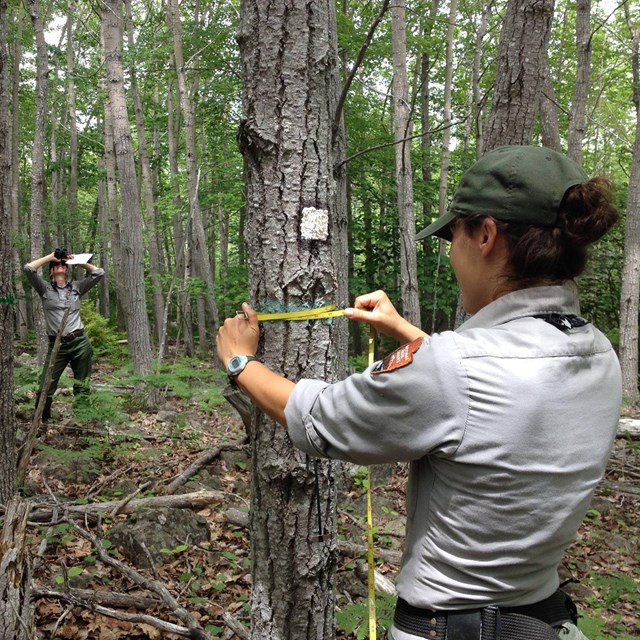 Forest Health
Forest HealthAssess status and trends in the composition, structure, and function of NETN forested ecosystems.
-
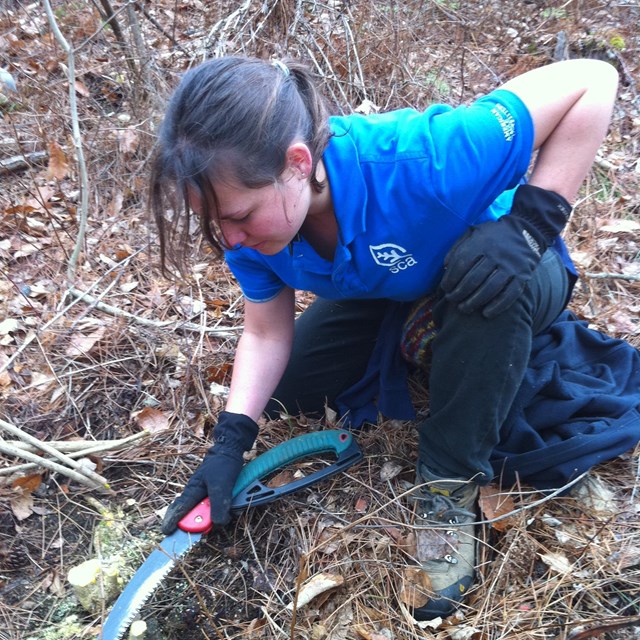 Invasive Species Early Detection
Invasive Species Early DetectionUse opportunistic sampling to find invasive species during the early stages of establishment before they have spread.
-
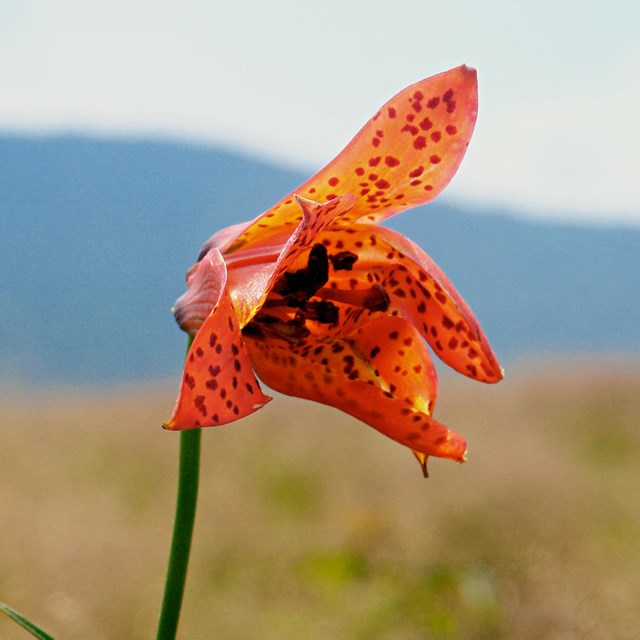 Rare Plants
Rare PlantsDetermine trends in rare, threatened, and endangered plant species along the Appalachian Trail corridor.
Wildlife
-
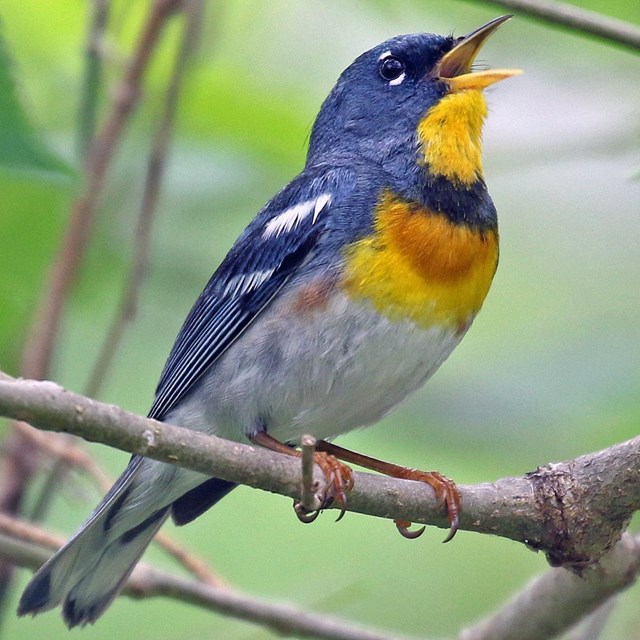 Breeding Landbirds
Breeding LandbirdsVolunteer-based, long-term monitoring program for forest and some grassland breeding bird populations in Network parks.
-
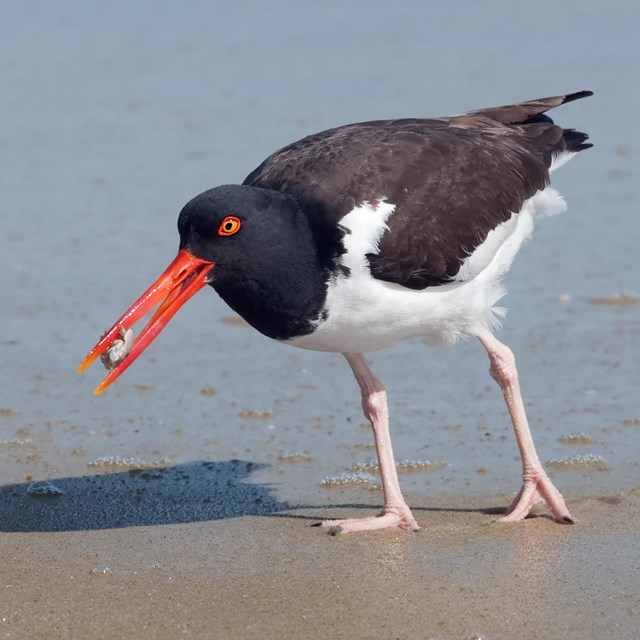 Coastal Birds
Coastal BirdsVolunteers monitor Boston Harbor Island coastal breeding birds which provide habitat for a significant number of colonial-nesting waterbirds
Waters
-
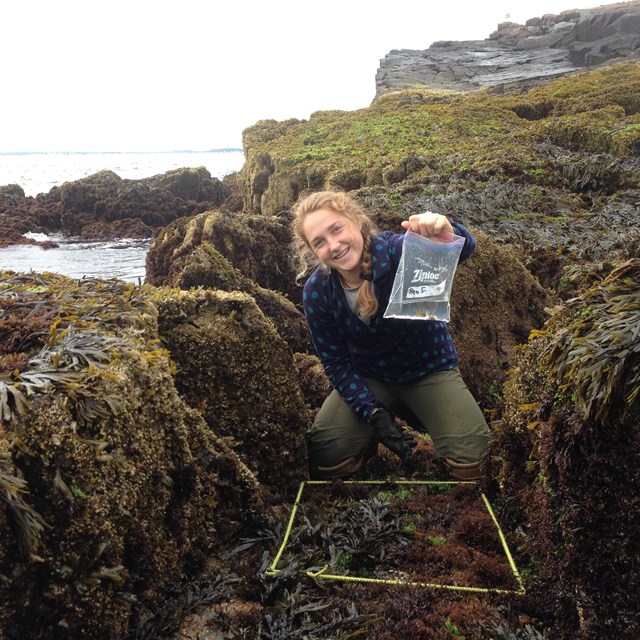 Rocky Intertidal
Rocky IntertidalMonitor the ecological health of the intertidal zone of Acadia and Boston Harbor Islands NRA providing an indication of trends.
-
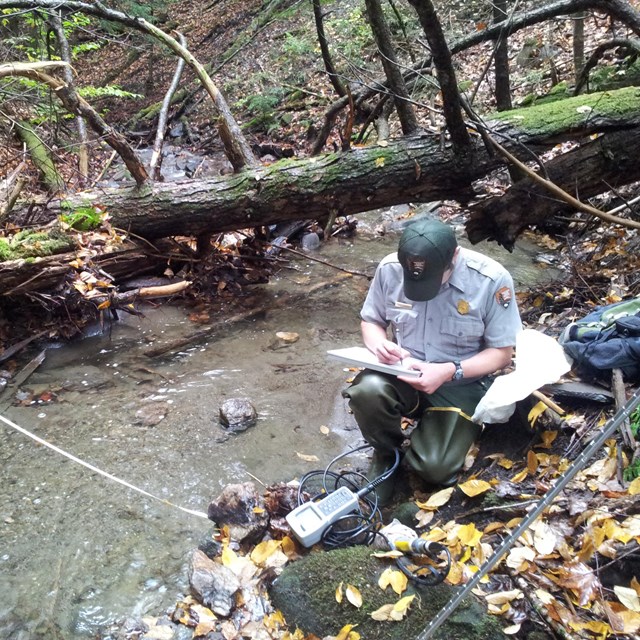 Water Quality & Quantity
Water Quality & QuantityMonitor the status and trends of NETN aquatic resources in order to assess changes in ecological integrity and the impacts of key stressors.
Climate
-
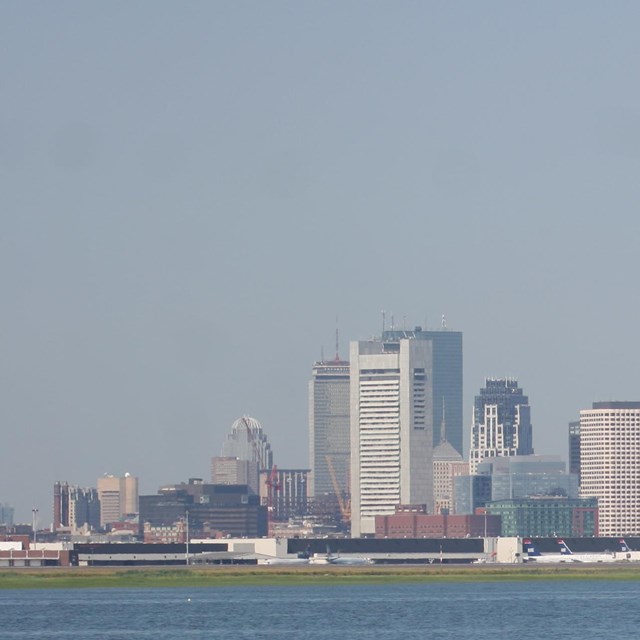 Air Quality
Air QualityDetermine trends and impacts of ozone pollution on selected bioindicator species, and changes in the deposition of pollutants.
-
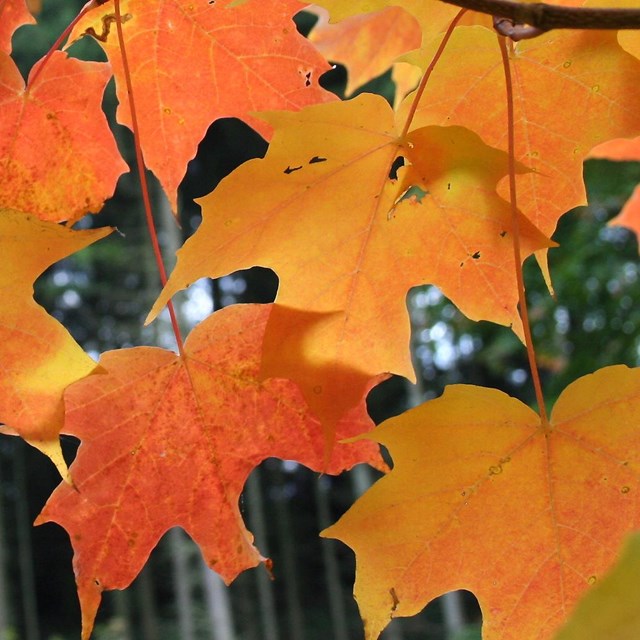 Phenology
PhenologyUse volunteers to determine phenological trends in key species to detect the effects of climate change on park resources.
Last updated: May 23, 2019
